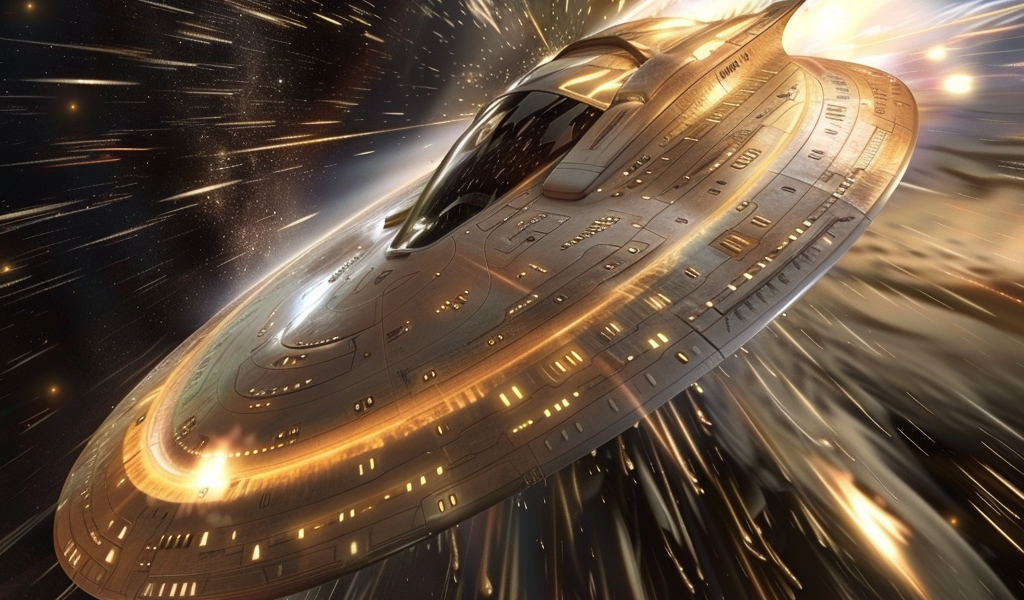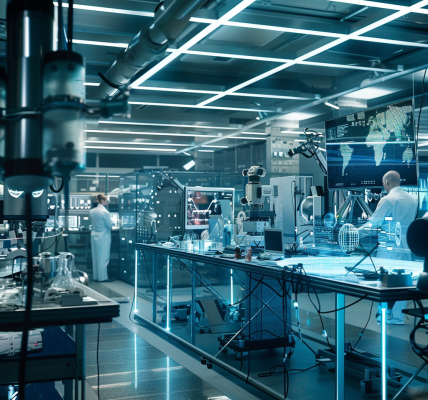Recent discoveries in the field of physics have suggested the possibility of a warp drive within the confines of known physics. The idea of traveling faster than the speed of light, which is currently the universal speed limit, has long been a dream for humanity.
While traditional space travel is limited by the speed of light in a vacuum, there are theoretical concepts such as wormholes and the warp drive that offer potential solutions. Wormholes, also known as Einstein-Rosen bridges, are shortcuts through space-time created by bending the fabric of the universe. The warp drive, or Alcubierre drive, is a theoretical engine that could create warps in space-time, allowing for faster-than-light travel by manipulating space itself.
Applied Physics, an international group of scientists, has been exploring the possibilities of warp drives. Their latest research introduces the concept of a constant velocity warp drive, which could revolutionize space travel. Physicist Jared Fuchs from Applied Physics emphasizes the significance of this new model in changing the conversation around warp drives, suggesting that they may not be confined to the realm of science fiction.
When the warp drive was initially proposed by Mexican physicist Miguel Alcubierre in 1994, it faced challenges due to the requirement of negative energy density to create the necessary imbalance in space-time. This energy source was unattainable with current technology. However, the recent work by Applied Physics focuses on utilizing gravity to manipulate space-time, offering a potential solution that aligns with known physics.
The proposed warp drive involves a stable shell of matter with a modified shift vector on its interior, creating a warp ‘bubble’ that could enable spacecraft to travel at speeds beyond the limitations of traditional space travel. By harnessing the gravitational properties of matter, this new approach to warp drive technology opens up exciting possibilities for the future of space exploration.





